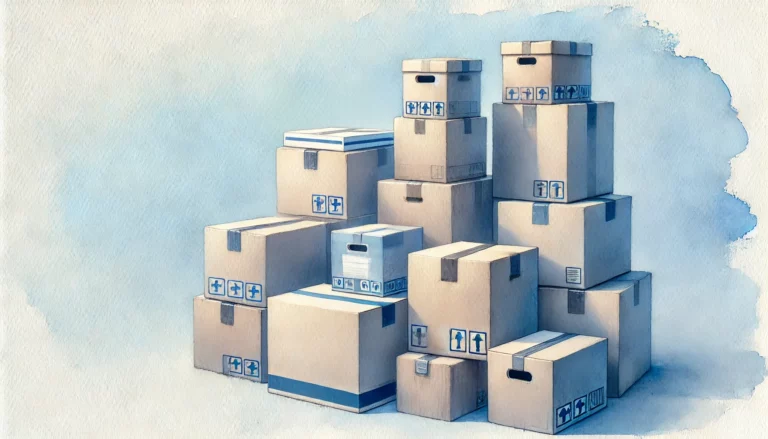The Swedish recipe for efficient waste transport and management
Sweden is a global leader in waste management, demonstrating exceptional performance in sustainable waste practices. Integral to this success is the sophisticated waste transport system, which facilitates the efficient movement and processing of waste, ensuring minimal environmental impact and maximizing recycling and energy recovery.
Do you want to obtain waste transport permit in Sweden? Contact us:
office@wastetransportsolutions.eu
A story of success – how Sweden revolutionized waste management
Past and present efforts
Sweden’s evolution in waste management from reliance on landfills to a near zero-waste status is a narrative of innovation and proactive policymaking. Initially, Sweden used landfills extensively, but over the decades, the focus shifted towards developing more sustainable waste handling methods. Today, the country boasts one of the most effective recycling and waste-to-energy systems in the world.
Key legislation
Critical to this transformation have been several pivotal pieces of legislation. The Swedish Environmental Protection Agency, under the guidance of the Swedish Waste Management Act (enacted in 1975) and the Ordinance on Waste Transport (updated last in 2001), has set stringent standards for waste management practices. These laws are designed to minimize waste generation and encourage recycling and reuse.
Waste management in statistics
Waste management figures
In 2020, Sweden generated approximately 4.8 million tonnes of household waste. Of this, 52% was converted into energy, 47% was recycled, and less than 1% was landfilled. In terms of recycling rates, Sweden evidently excels in managing packaging waste—recycling about 184,000 tonnes of plastic packaging, 280,000 tonnes of paper, and nearly 220,000 tonnes of metal annually.
Waste transport data
On the transport front, Sweden’s waste management system is also supported by a robust infrastructure that allows for the efficient transport of waste across regions. This includes both internal management and the import/export of waste. Sweden imports approximately 1.3 million tonnes of waste each year to fuel its waste-to-energy plants, which is a significant increase from the 800,000 tonnes reported in earlier years. This waste primarily comes from nearby European countries that lack the capacity to process or recycle waste effectively.
Future of waste management and transport in Sweden
Sweden’s future strategies in waste management focus on further minimizing landfill use and improving waste transport efficiencies. The revision of the EU’s Waste Shipment Regulation, anticipated to be stringent, is expected to impact Sweden’s waste import practices. Swedish authorities are also working on enhancements in local waste collection and transport systems. All to reduce emissions and increase the share of recycled materials.
Conclusion
Undoubtedly Sweden’s sophisticated approach to waste management and transport sets a global benchmark for sustainability and efficiency. The country continues to improve its systems, aiming for higher sustainability and lower environmental impact.
In a nutshell:
- What percentage of Sweden’s household waste is recycled? Approximately 47%, with the rest primarily converted into energy.
- How much waste does Sweden import for its energy needs? As of recent data, Sweden imports about 1.3 million tonnes of waste annually to supply its waste-to-energy facilities.
- When was the Swedish Waste Management Act enacted? In 1975, setting the foundation for the country’s waste management practices.
- What changes are anticipated in waste transport in Sweden due to EU regulations? Expected revisions to the EU’s Waste Shipment Regulation may tighten controls on waste import, prompting Sweden to adapt its waste transport and processing strategies.
- How effective is Sweden’s waste-to-energy process? Sweden’s waste-to-energy plants are highly efficient, providing heating to 1.25 million homes and electricity for 680,000 homes annually. All thanks to both domestic and imported waste.







